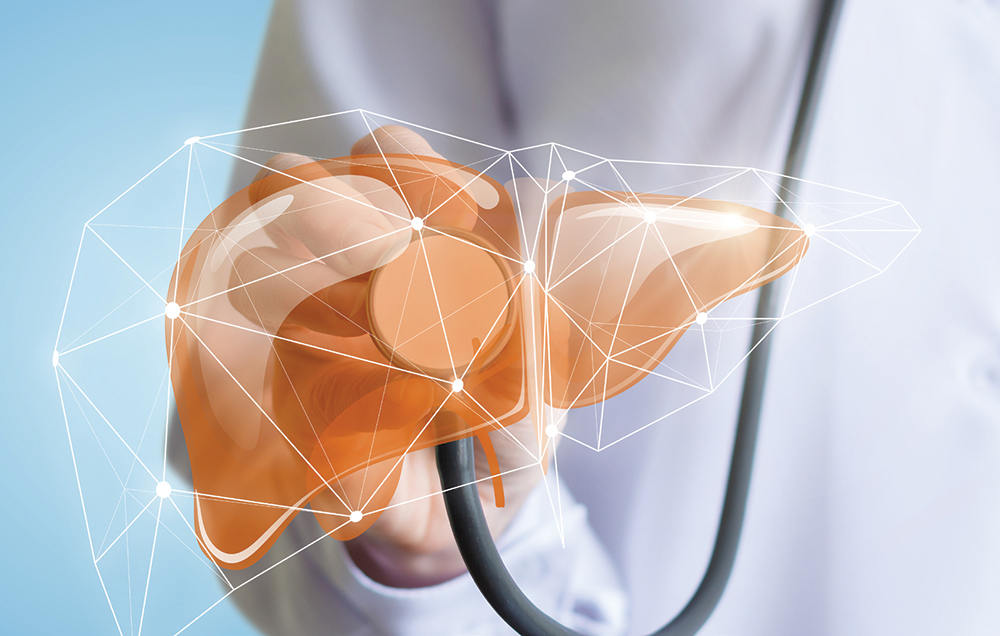
Liver cirrhosis is an advanced stage of liver scarring or fibrosis and is caused by various liver conditions. Common causes of liver cirrhosis include viral hepatitis B and C, fatty liver disease, and alcoholic liver disease. Liver cirrhosis can be grouped into three stages by the Child-Pugh classification: Child-Pugh A, B, and C.
Child-Pugh classification
The Child-Pugh classification is a scoring system that determines the degree of liver failure in patients with cirrhosis. The classification system also gauges the likelihood of complications developing, for example, patients at Stage C cirrhosis are more likely to develop variceal haemorrhage than those at Stage A. This system takes into consideration five factors and allocates points based on specific factors. The total number of points the patient scores determines which stage he is in. This, in turn, allows gastroenterologists to prognosticate the disease course and predict patient survival.
Three of these factors are blood results/parameters:
- Albumin, a protein made by the liver
- Bilirubin, a substance produced during the normal breakdown of red blood cells
- Prothrombin time (PT), a measure of how quickly the blood clots
The remaining two factors are symptoms that reflect the complications of cirrhosis:
- Ascites: fluid retention in the abdomen
- Encephalopathy: mental status, ranging from mild confusion to deep coma
The 3 stages of the Child-Pugh classification
Stage A
At 5–6 points on the Child-Pugh scale, cases at Stage A are the least severe. Patients often have no symptoms or may experience non-specific symptoms such as fatigue and lethargy. Patients in this stage do not have the complications of cirrhosis listed above (i.e. ascites, encephalopathy). The one-year survival rate is up to 100%.
Stage B
At 7–9 points on the Child-Pugh scale, cases at Stage B are moderately severe. Patients at this stage have raised portal pressures, or portal hypertension — an increase in blood pressure within the major veins in the liver. Complications such as oesophageal varices and ascites may occur. The one-year survival rate for patients at this stage is about 80%.
Stage C
At 10–15 points on the Child-Pugh scale, cases at Stage C are the most severe. Apart from ascites, patients may experience more symptoms, including extensive itchiness, loss of weight and appetite, confusion, swelling of the lower leg, breathlessness, jaundice, and internal bleeding from varices. Patients at this stage have the lowest one-year survival rate — approximately 45%. At this stage, the chance of regression of cirrhosis and fibrosis is low, and such patients should be referred and assessed for liver transplantation.
Importance of early detection
Latest research shows that liver fibrosis and cirrhosis are reversible, provided the underlying cause is diagnosed at an early stage and optimally treated. The regression, or reversal, of fibrosis or cirrhosis, is more likely when the liver scarring is in the early stages. Once cirrhosis is at an advanced stage, medications are primarily used to control the symptoms or complications of cirrhosis, such as ascites (fluid retention in the abdomen), encephalopathy (altered mental status), and internal bleeding from varices (dilated blood vessels in the oesophagus or stomach).







